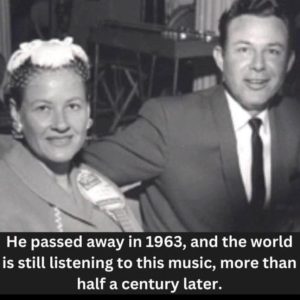Paragraph 1:
Ellie always imagined her wedding as a quiet, intimate celebration: vows under trees, string lights swaying, and the people who loved her most gathered in her aunt’s farmhouse. She and Evan, her partner, were the low-key, cozy kind of couple—he brought her coffee on Sundays, sang off-key in the car, and she cried at dog rescue videos and hoarded recipe cards. Their relationship was a sanctuary of small joys: hiking, dancing foolishly in the kitchen, early nights, and shared laughter. Their wedding, she thought, would mirror that simplicity. But the delicate plan was threatened by her father’s girlfriend, Janine, a striking and attention-demanding woman whose sense of theater extended far beyond her role in Ellie’s life.
Paragraph 2:
Janine had a history of inserting herself into moments that weren’t hers. From prematurely announcing Ellie and Evan’s engagement to discovering Ellie’s dress in advance, she attempted to claim ownership over the bride’s day. When she revealed her own wedding dress—a beaded, mermaid-style gown in ivory—Ellie recognized the danger: Janine was trying to become the center of attention. Despite the sting, Ellie stayed calm, confiding in her younger sister Chloe, who agreed: Janine was unwell, and the only way to protect the day was to act strategically. With careful planning, Ellie reached out to all the female guests with instructions for muted, soft, neutral tones, deliberately leaving Janine off the email thread. She also enlisted her seamstress to create a second dress, entirely antithetical to the expected bridal palette: bold, sunflower yellow.
Paragraph 3:
On the wedding day, Ellie stepped out in her flowing yellow gown, with lace accents catching the sunlight, radiating warmth and joy. Guests arrived in creams, ivories, and soft neutrals, creating a serene backdrop that highlighted Ellie’s golden gown. When Janine arrived, her confidence faltered; her ivory beaded dress, meant to steal the spotlight, clashed against the sea of muted tones and Ellie’s radiant yellow. The quiet brilliance of the bride’s choice rendered Janine’s theatrics ineffective. The visual metaphor was clear: Ellie, by embracing light, creativity, and calm decisiveness, reclaimed her narrative without confrontation or spectacle.
Paragraph 4:
The ceremony unfolded beautifully, with vows exchanged under the birch arch, a bluegrass band weaving music through the crisp air, and dinner served with laughter and warmth. Janine made a few attempts to reclaim attention with misplaced jokes and forced interactions, but polite acknowledgment and the contrast of Ellie’s radiant gown neutralized them. Dad, who had remained passive throughout, gave a speech celebrating Ellie’s kindness and resilience, but it was his friend Lorena who gave the defining tribute: Ellie’s choice of yellow symbolized her refusal to allow vanity or meanness to dictate the day. The message landed—Janine sat down, silent, and the celebration continued centered on the couple’s love and joy.
Paragraph 5:
In the aftermath, Janine’s influence faded from the family’s life; she and Ellie’s father ended their relationship shortly after the wedding. Ellie’s strategic calm, humor, and creativity not only protected the day but reminded everyone of the true essence of weddings: connection, love, and joy, not spectacle or ego. She and Evan danced barefoot at home, reflecting on the laughter, speeches, and warmth of the day. The story of the yellow dress became a quiet emblem of empowerment and presence: sometimes, true power isn’t volume or dominance—it’s choosing light, trusting one’s instincts, and letting grace do the work. Ellie married her favorite person under a canopy of leaves, string lights, and kindness, ensuring the day belonged wholly to them.





